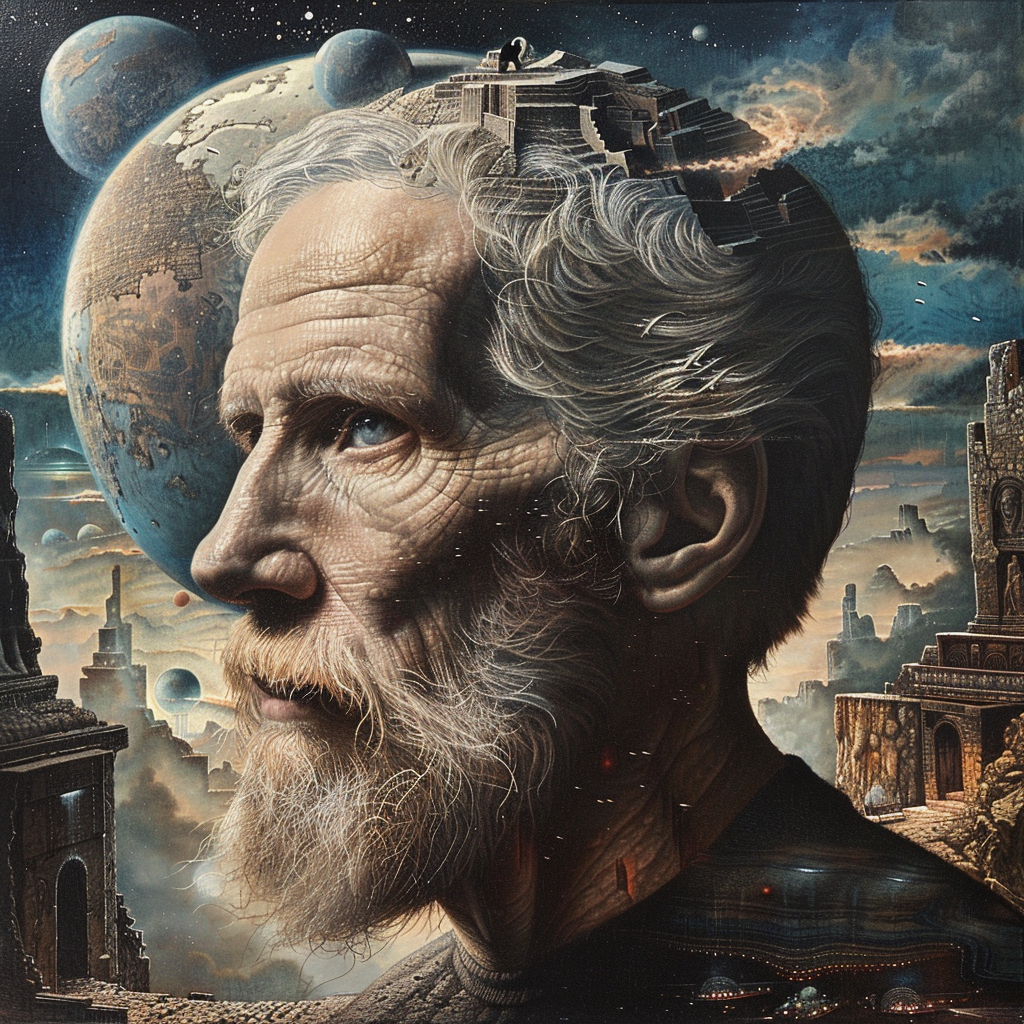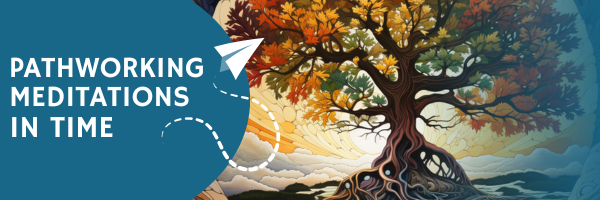
In the year 2093, a time when neon cities whispered promises of immortal life, Orion Zenith stood as a unique figure, not detached but in opposition. Amidst artificial intelligence and augmented humans, he was an oddity, a philosopher, and a scholar of stoicism, yet he was far from anachronistic. He was on the verge of something new—enhanced Stoicism—for this technocentric world, a perspective that would surely pique your interest.
Transcendence was no longer a mere philosophical concept in the year 2093. Cyborgs walked among them; biohackers transformed themselves, and people uploaded their consciousness into machines, flirting with immortality. But amid the mechanical hearts and synthetic minds, Zenith saw a stark void—an absence of a moral compass in this transhumanist age, a void that urgently needs to be filled.
With the echo of Stoic greats guiding him, Zenith immersed himself in creating a philosophy that married the past and future. He envisioned an enhanced Stoicism, a philosophy that embraces the technological advancements of his world while nurturing the still-human hearts and wisdom to thrive in the age of transhumanism. This enhanced stoicism is not a rejection of technology but a way to use it harmoniously with our humanity and improve our virtues and emotional resilience.
Amidst the hum of quantum computers and drone-delivered mail, Zenith spoke from the remnants of an old park, streaming live across the globe. His words were an invitation, a challenge: “Can we be enhanced yet virtuous? Evolved yet emotionally resilient? Cyborgs yet ethically grounded?” Zenith implored his listeners not to remember their humanity in the pursuit of immortality.
His message resonated. People listened, engaged, and questioned. Conversations erupted across the digital landscape, from augmented reality forums to the dinner tables of bio-enhanced families. Critics emerged, as did disciples, and Zenith’s Enhanced Stoicism started seeping into the culture, offering an ethical counterbalance to technological temptations.
As his teachings spread, Zenith remained steady, grounded by the very philosophy he preached. Despite the tumult of popularity and the challenges of constructing a doctrine for an era in flux, he stood firm. This transhumanist world was his workshop, and Stoicism was his guiding light. He faced struggles reconciling the principles of Stoicism with the realities of a transhumanist world, but he also found acceptance and engagement from those who resonated with his ideas. And so, he continued, weaving wisdom for the age, fostering a beacon in the digital storm.
Through struggle and acceptance, engagement and retreat, the narrative of Orion Zenith—the techno-Stoic—became a testament to humanity’s enduring quest for wisdom amidst the sirens of immortality. It captured the zeitgeist of a transhumanist age dancing on the precipice of eternal life and forgotten humanity.




